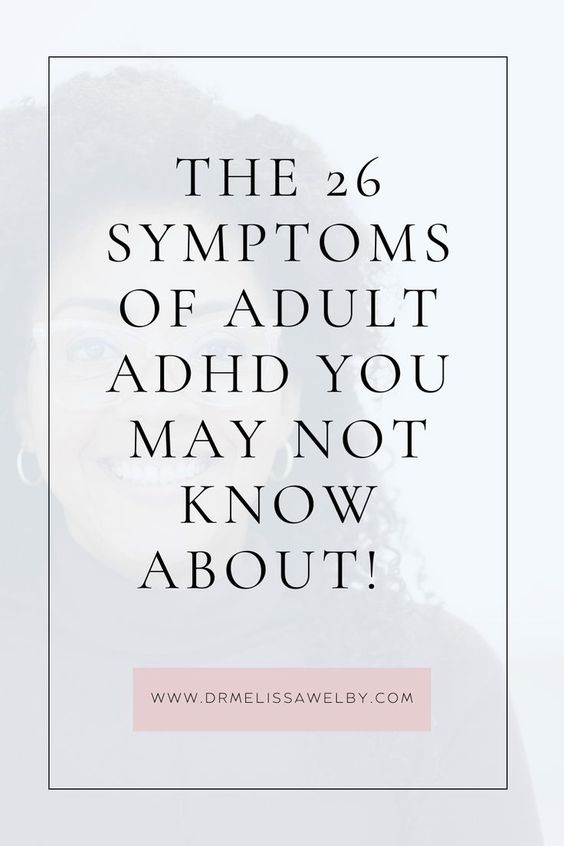Attention Deficit Hyperactivity Disorder (ADHD) is a neurodevelopmental condition that affects millions of people worldwide, particularly children and adolescents, but also a significant number of adults. Characterized by symptoms of inattention, hyperactivity, and impulsivity, ADHD can impact everyday life, work, relationships, and educational performance. Treating ADHD is multifaceted, often involving a combination of medication, behavioral therapy, and lifestyle changes. This article explores the key treatment options available for ADHD, recent developments in therapies, and emerging trends in the field.
Medication: A Core Component of ADHD Treatment
Stimulants: The First Line of Defense
For many individuals diagnosed with ADHD, stimulant medications such as methylphenidate (e.g., Ritalin, Concerta) and amphetamines (e.g., Adderall, Vyvanse) are considered the gold standard. These medications work by increasing the availability of certain neurotransmitters—dopamine and norepinephrine—in the brain, which helps to improve focus and attention.
Stimulants are generally effective for most patients, but side effects such as insomnia, decreased appetite, and potential for dependency must be carefully managed. However, when prescribed correctly and monitored closely, stimulant medications can significantly improve the quality of life for those living with ADHD.
Non-Stimulant Medications
In cases where stimulants are not effective or appropriate due to side effects or personal preferences, non-stimulant medications like atomoxetine (Strattera) or guanfacine (Intuniv) may be considered. These medications act differently by targeting norepinephrine levels but can also help reduce ADHD symptoms. Though they may take longer to show effects, they are less likely to lead to issues such as insomnia or anxiety.
Behavioral Therapies and Psychological Approaches
Cognitive Behavioral Therapy (CBT)
CBT is an effective treatment for ADHD, especially in combination with medication. This form of therapy helps individuals recognize patterns of negative thinking and behavior, teaching them strategies to improve organization, reduce procrastination, and manage emotional regulation. CBT can be particularly helpful for adolescents and adults managing the day-to-day challenges of ADHD.
Parent and Teacher Training Programs
For children with ADHD, parent and teacher training programs provide critical support. These programs focus on creating structured environments, using positive reinforcement techniques, and implementing consistent consequences for behaviors. With proper training, parents and educators can better manage a child's ADHD symptoms and help them succeed academically and socially.
Social Skills Training
Children and adolescents with ADHD often struggle with social interactions. Social skills training provides guidance on understanding social cues, improving communication, and developing empathy, all of which can mitigate the social challenges of ADHD.

Lifestyle Modifications: Holistic Approaches to ADHD Management
Diet and Nutrition
There has been growing interest in how diet and nutrition may affect ADHD symptoms. While evidence is still developing, some studies suggest that diets low in sugar and processed foods, combined with nutrient-rich options such as omega-3 fatty acids, may have a positive impact on managing ADHD. Eliminating artificial food dyes and preservatives is another common recommendation.
Exercise and Physical Activity
Regular physical activity can also be beneficial for individuals with ADHD. Exercise, especially aerobic activities like running, swimming, or biking, has been shown to boost dopamine levels, improving focus and attention. Exercise also helps with mood regulation and anxiety, which are often comorbid with ADHD.
Mindfulness and Meditation
Emerging research shows that mindfulness practices, such as meditation and yoga, can help manage ADHD symptoms by improving focus, emotional regulation, and reducing stress. These techniques are particularly useful in helping patients become more aware of their thought patterns and impulses, allowing for better self-control.
Emerging Therapies: A Glimpse into the Future of ADHD Treatment
Neurofeedback
Neurofeedback, also known as EEG biofeedback, is an emerging therapy that shows promise in treating ADHD. This technique involves monitoring brain wave activity in real time and training patients to regulate their brain patterns. While research is ongoing, some studies have shown improvements in attention and behavior after neurofeedback sessions, offering an alternative to medication-based treatments.
Digital Therapeutics
With advances in technology, digital therapeutics—such as specialized video games and mobile apps—are being developed to help treat ADHD. For example, FDA-approved games like EndeavorRx have been designed to improve attention function in children with ADHD by challenging them through gameplay to sustain focus and ignore distractions.
Genetic Research and Personalized Medicine
The future of ADHD treatment may involve more personalized approaches based on genetic markers. As researchers continue to investigate the genetic components of ADHD, there may be advancements in tailoring treatment based on an individual’s unique genetic makeup. This could lead to more precise medication dosing and therapy plans that are specifically designed for each person’s needs.











